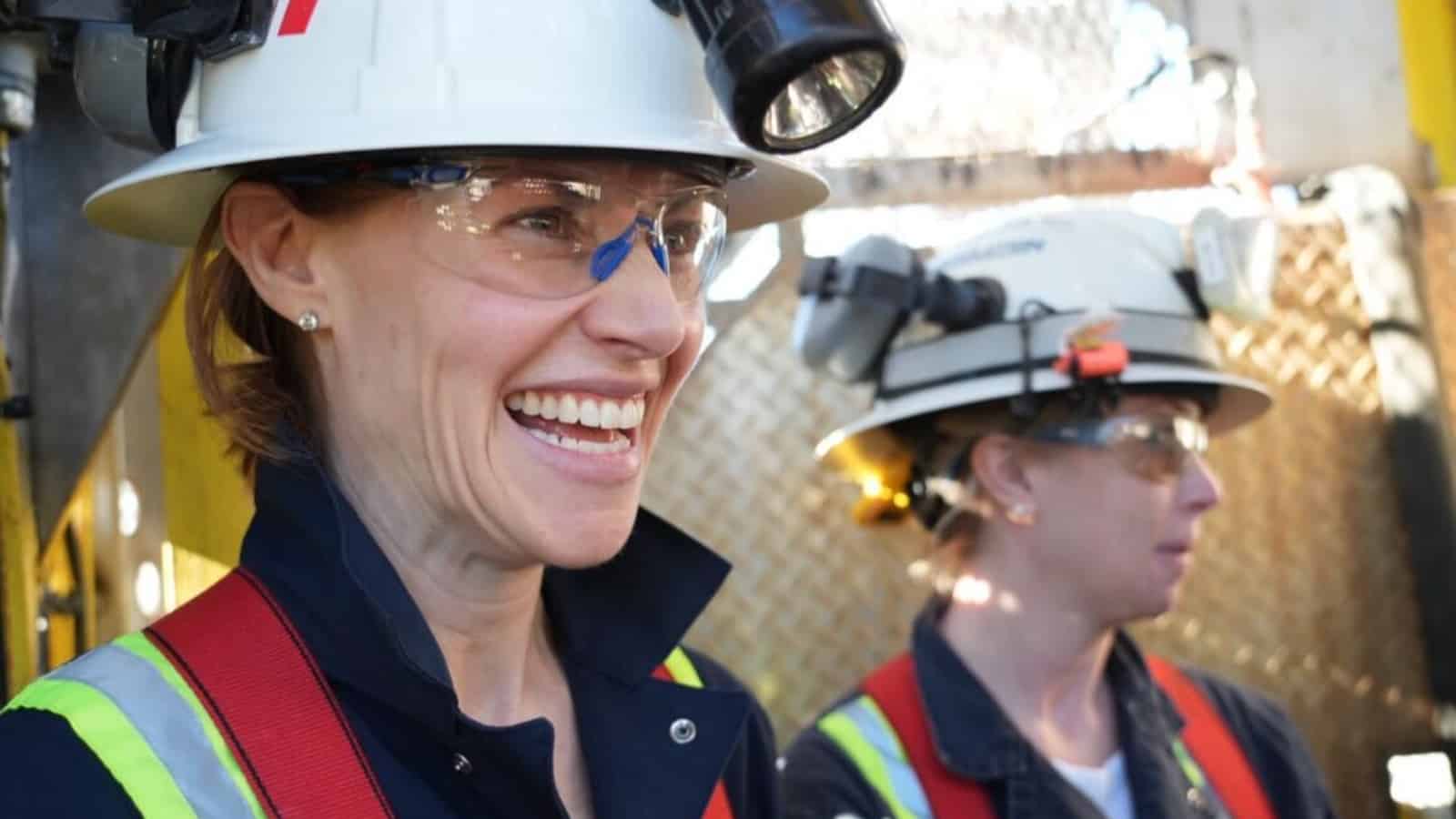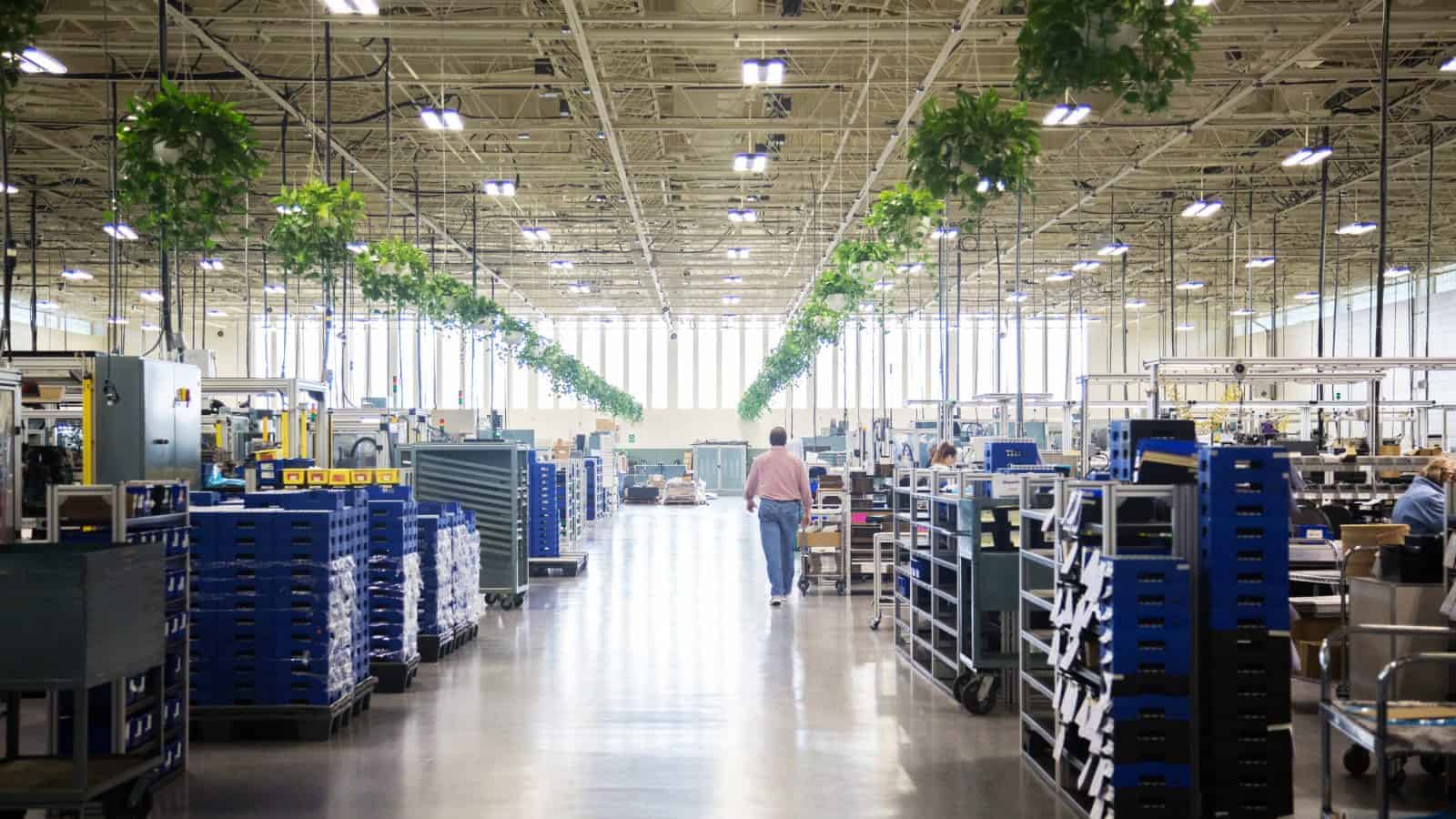Rio Tinto Copper Seeks to Power the Future

America’s fastest-growing industries increasingly rely on copper.
The critical minerals Rio Tinto produces play an essential role in making modern life work and help power the clean energy transition, said Rio Tinto Copper Chief Operating Officer Clayton Walker. “Think of increasing demand for things like electric vehicles, the copper plumbing in our houses … transmission lines, smartphones, electronic devices—the things you can’t live without all include copper.”
This criticality was brought home to the NAM during a site visit by leadership last Friday to the company’s Resolution Copper mine, an Arizona project with the potential to supply up to 25% of the nation’s copper demand.
Electrifying a revolution: Rio Tinto—which produces more than 10 different minerals and metals around the world—has copper operations in Utah and Mongolia with joint ventures in Chile and Peru and is working to open Resolution Copper and another copper-mining site, in Australia.
- These operations are going to become increasingly important as the world’s appetite for EVs grows, Walker told the NAM, because EVs require more copper than traditional vehicles.
- EV charging stations also require the metal, as do wind turbines, which “can contain up to 4.7 tons of copper,” according to Walker.
Speed permitting now: The U.S. consumes about 2 million metric tons of copper per year but produces just more than 1 million metric tons. However, “by 2035, that demand is estimated to be around 4 to 5 million tons of copper a year,” said Walker. “The question is, where are we going to get all that additional copper?”
- The answer, in his opinion, should be here at home. Once approved, Resolution Copper will be instrumental in making that happen. “The copper produced at Resolution would strengthen U.S. supply chains, reduce import dependency [and] add jobs, while employing world-class sustainability standards.”
- At that site, “we’ve been working on permitting for the last 11 years,” Walker continued. “The average time to permit [a mining project] in the U.S. is 17 to 20 years. That’s a long time. We’re not asking people to cut corners, but could we speed that process up?”
Critical minerals list: Policymakers could also help bolster copper and other critical materials production by harmonizing the efforts of numerous agencies to spur domestic production.
- For instance, the Interior Department curates a list of critical minerals that are “essential to the economic or national security of the U.S. and which have a supply chain vulnerable to disruption.” The Energy Department conducts critical materials assessments for materials vital for energy.
- Harmonizing these lists “would create more avenues for domestic supplies,” Walker said. “That would help projects get permitted faster and let us supply manufacturers with the minerals and materials they need sooner, including copper.”
Not your grandfather’s mining company: Another task on the company’s to-do list is changing the public’s perception of its industry.
- “We aren’t using pickaxes and wheelbarrows,” Walker laughed. “We have a control center that would rival NASA. We use drones, AI and autonomous equipment. Rio Tinto has the first fleet of driverless trucks in the world, and our team continues to leverage and benefit from high-tech innovation.”
- Effectively conveying the sophistication of their businesses is an ongoing task for manufacturers, Walker said. “We need to continue engaging with schools, educating and discussing the various trades and opportunities available while highlighting the potential within manufacturing—a career path that provides a great job with multiple opportunities.”
The last word: “It’s our responsibility to help show the next generation what opportunities are available,” Walker concluded.
